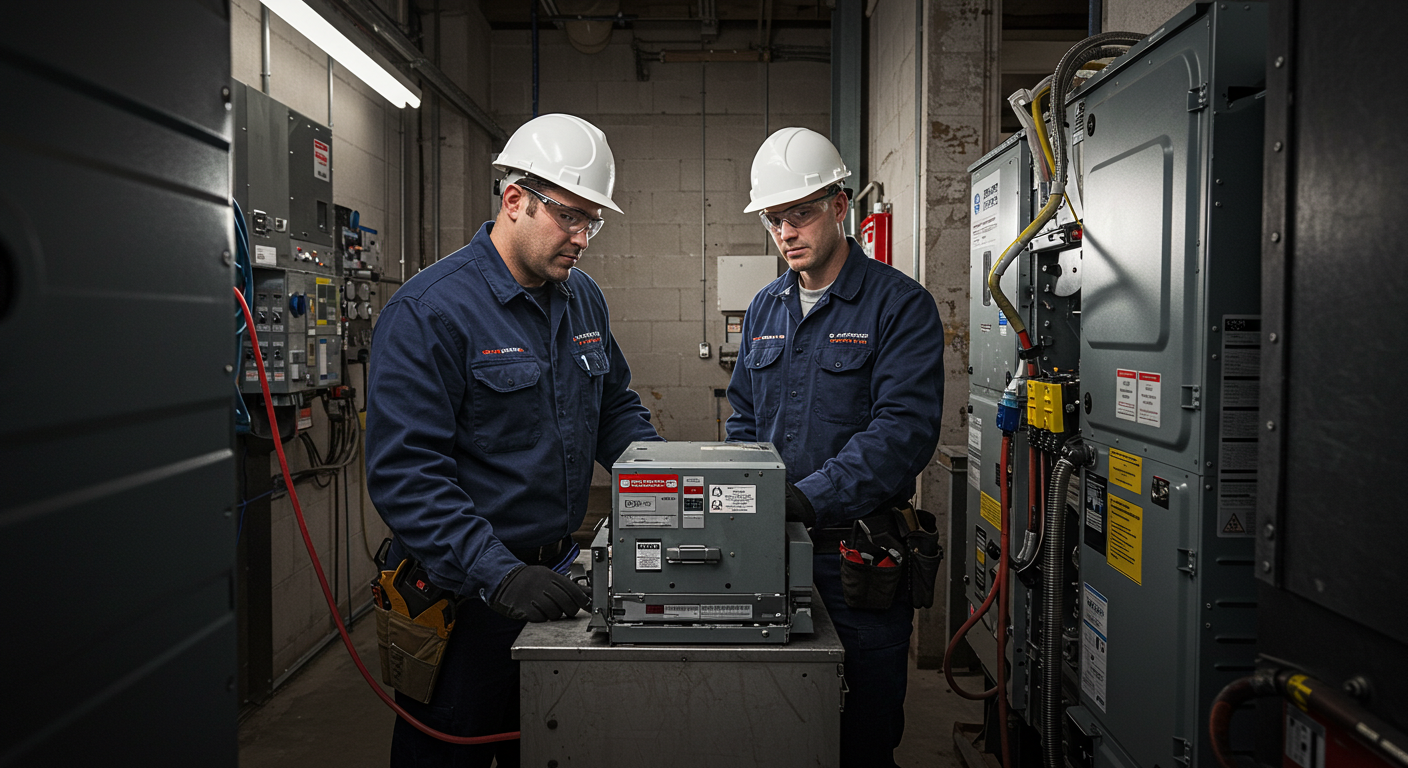OSHA Compliance Essentials: Protecting Your HVAC Team
Hey there, HVAC professionals! Keeping your team safe while on the job is more important than ever. In 2021, a staggering 5,190 fatal workplace injuries were recorded in the U.S., with 475 of those involving installation and repair occupations like ours. It’s a stark reminder of the risks we face daily. But fear not; this guide will arm you with the essentials of OSHA compliance to protect your team and ensure a safe working environment.
Understanding OSHA Compliance for HVAC Workers
OSHA guidelines are here to help you navigate the various hazards in our line of work. From handling chemical hazards like refrigerants to managing electrical risks, OSHA compliance is your roadmap to safety. You’ll find yourself dealing with potential respiratory health concerns, confined space entries, or operating heavy machinery. It might sound overwhelming, but with the right protective equipment and training on lockout/tagout procedures, you’ll be well-prepared.
Common OSHA Violations and How to Avoid Them
Among HVAC contractors, common OSHA violations include failures in hazard communication, fall protection, control of hazardous energy, and inadequate respiratory protection measures. These infractions are not just violations; they’re direct links to workplace injuries and can lead to hefty fines.
Safety Equipment and Tools for Enhanced Protection
Investing in the right tools can make a significant difference. Take the Ecobee smart premium thermostat for instance. Available through Mar-Hy Distributors, it’s designed to align with safe installation practices and advanced temperature control, reducing risks for your technicians during operations.
- Ensure proper storage and handling of HVAC chemicals.
- Use industrial-grade masks for respiratory protection.
- Confirm secure refrigerant lines using weatherproof seals.
- Develop a documented emergency action plan for teams of 10 or more.
- Provide regular OSHA compliance and safety training.
Addressing Respiratory Risks
Technicians often face harmful substances like mold, bacteria, or carbon monoxide. It’s crucial to ensure proper ventilation and use industrial-grade masks to protect against these respiratory risks. Where HVAC units release toxic gases, these preventive measures are not just recommended—they’re necessary.
FAQ
What are the key OSHA HVAC compliance requirements?
OSHA mandates compliance with guidelines for handling refrigerants, electrical hazards, and ensuring proper ventilation standards.
How can HVAC contractors avoid common OSHA violations?
By maintaining clear hazard communication, ensuring fall protection, managing hazardous energy, and providing adequate respiratory protection.
Why is proper ventilation crucial for HVAC workers?
Proper ventilation mitigates the risk of respiratory health issues from harmful substances like mold and carbon monoxide.
What safety equipment is recommended for HVAC technicians?
Technicians should use industrial-grade masks, secure refrigerant lines with weatherproof seals, and employ smart tools like the Ecobee thermostat.
What should be included in an HVAC emergency action plan?
Your plan should address emergency scenarios, document procedures, and include regular training for all technicians.
In conclusion, protecting your HVAC team requires diligence, the right tools, and ongoing training. By adhering to OSHA guidelines, you’re not only ensuring safety but also enhancing efficiency and reducing liability. Ready to take the next step in safeguarding your team?
Get started with OSHA compliance today to create a safer workplace for your HVAC crew!


